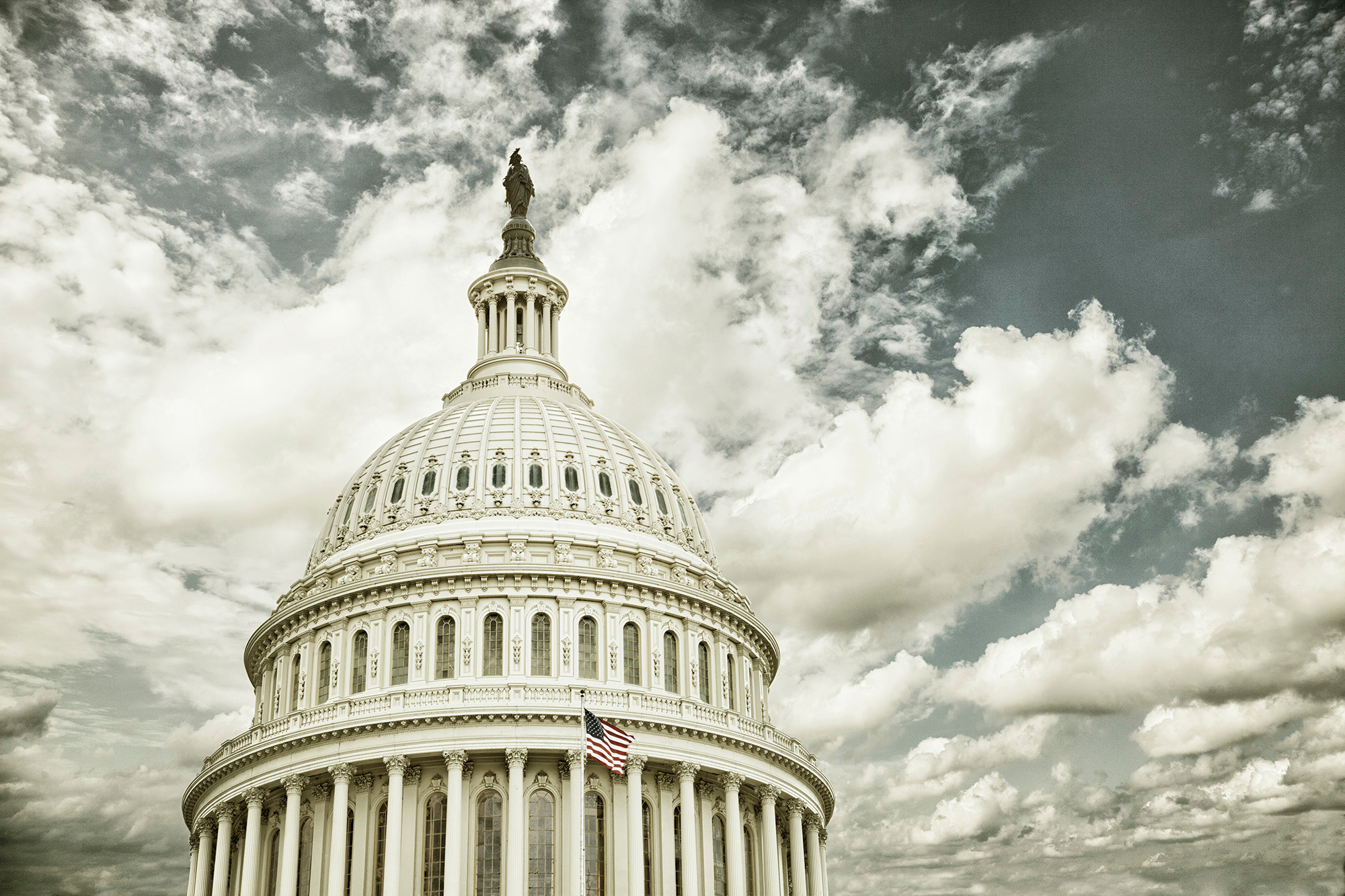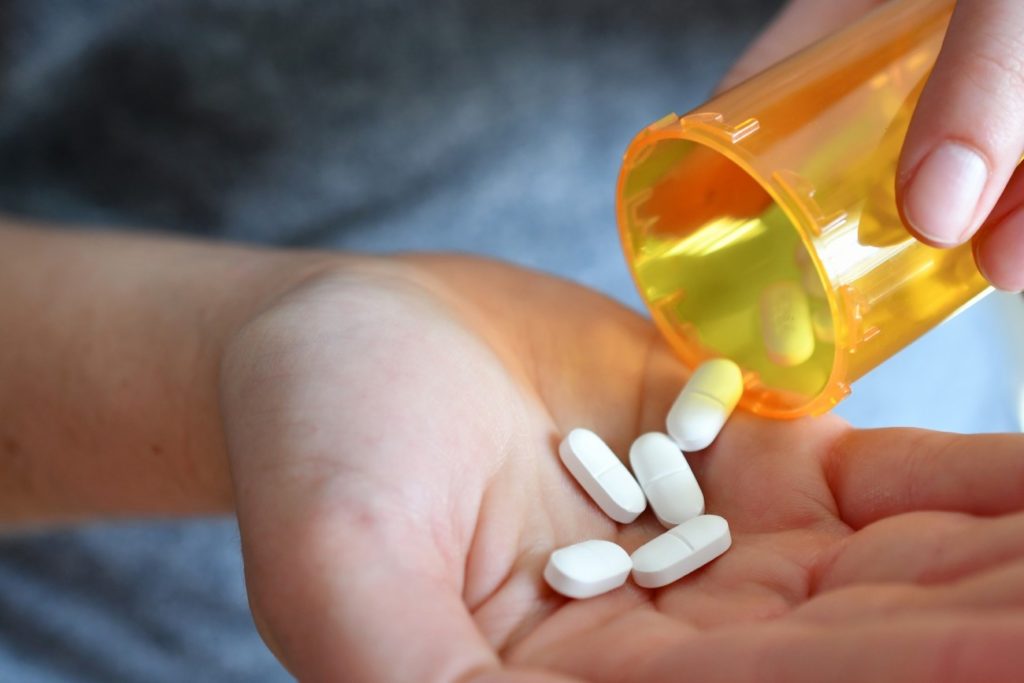Each week, there is new research and another heartbreaking story that confirm what we know. The opioid crisis is real and affects every community and every age group. Babies born dependent, teenagers experimenting, working moms, grandparents — this epidemic reaches everyone.
There is no single solution to this complex issue that will require years to reverse. Instead, a multifaceted approach, including prevention, early detection and treatment, is required to reverse the trend of opioid use disorder and misuse. Think upstream for prevention, mid-stream for early detection and intervention, and downstream for life-saving therapies.
Ultimately, as health care providers, the goal is to promote safe prescribing practices, accounting for risk factors related to a higher propensity for abuse, to mitigate the risk of opioid addiction and subsequent poor outcomes. Safe prescribing starts with physicians and mid-level providers obtaining updated evidence-based education to inform themselves on risk factors, assessment tools, local resources and first-line pain treatment options.
While prevention through safe prescribing practices is essential, many patients already live with an opioid addiction. Research indicates that therapeutic care for patients with an addiction is similar to managing chronic illness and disease. Medication-assisted treatment is the recommended therapy for people with opioid use disorder.
In addition, collaboration between the provider and patient is critical to success. Physicians, nurses, case managers and social workers all play an important role in assisting patients to manage their medical condition and formulate a plan to reduce the use of opioids. Life-saving therapies, including broad dissemination of naloxone, sometimes referred to by the trade name Narcan, is one temporary, life-saving treatment when someone overdoses.
Opioid abuse has consequences beyond the individual patient. Disruption of families, as well as social, financial and communitywide harm, are part of the addiction story. Prevention, early detection and intervention through care provided by physicians and support systems are needed in every community.









